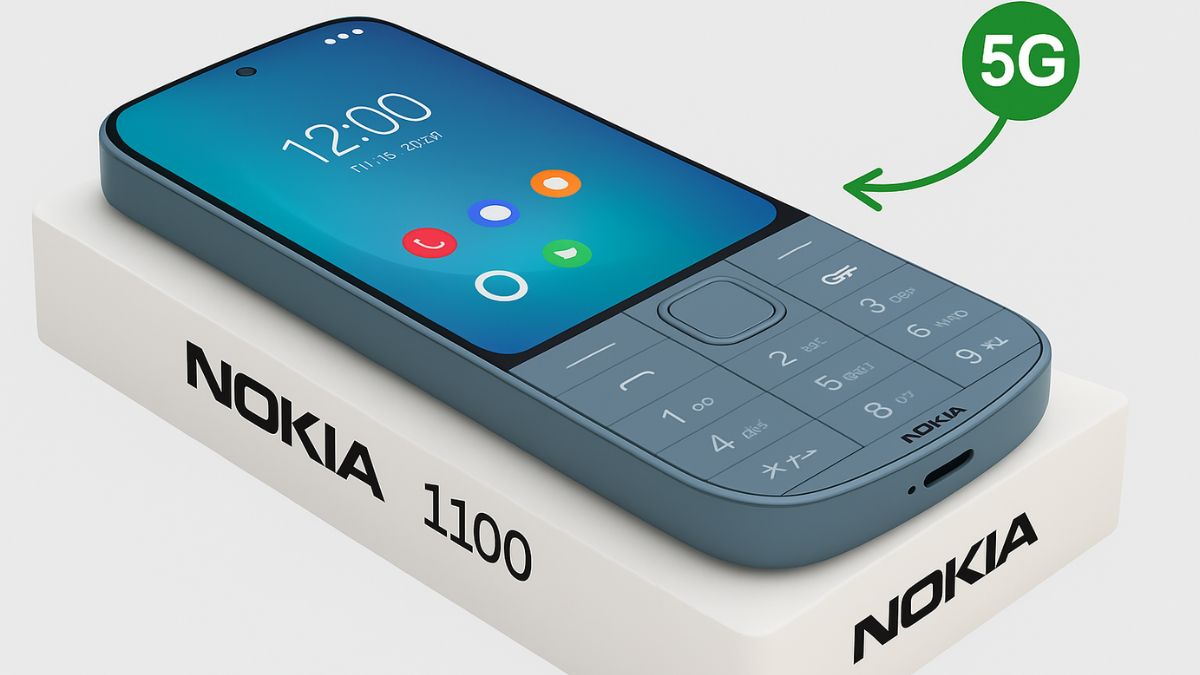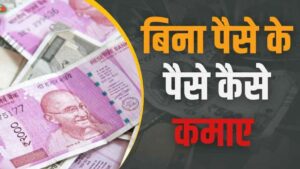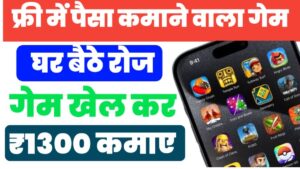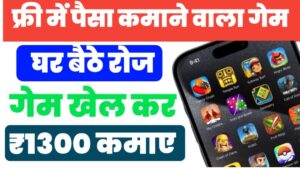The Nokia 1100 is more than just a phone; it is a piece of history. First launched in 2003, this simple device became the best-selling mobile phone of all time, crossing 250 million units worldwide. Known for its rugged design, dust-resistant keypad, and legendary battery backup, the Nokia 1100 played a major role in connecting millions of people, especially in countries like India.
Even today, in 2025, the phone is remembered as a symbol of reliability and simplicity. With recent rumors suggesting a Nokia 1100 5G edition, curiosity around this classic device has once again captured the attention of mobile enthusiasts. Let’s explore its launch, specifications, features, and why the Nokia 1100 still matters.
Launch Date & Price
The original Nokia 1100 was officially launched on August 27, 2003. At that time, it was priced around ₹5000 in India, making it an affordable choice for first-time mobile users. It was discontinued around 2010, but even after discontinuation, refurbished models still sell in India between ₹850 and ₹1200.
Rumors in 2025 suggest that a modern Nokia 1100 5G edition could be priced at approximately ₹12,999, though no official confirmation has been provided by HMD Global.
Key Specifications at a Glance
| Feature | Nokia 1100 (2003) |
|---|---|
| Dimensions | 106 × 46 × 20 mm |
| Weight | 86 g |
| Display | 96 × 65 pixel monochrome |
| Battery | 850mAh BL-5C Li-Ion |
| Standby Time | Up to 400 hours |
| Talk Time | Up to 14 hours |
| Storage | 50 contacts, 50 SMS |
| Connectivity | GSM 900/1800 (1100a), GSM 850/1900 (1100b) |
| Special Features | Flashlight, Dust-resistant keypad, Snake II game |
Processor and Performance
The Nokia 1100 runs on the Series 30 (DCT-4) platform, designed for basic functionality. It does not have modern app support, internet browsing, or multitasking features. Instead, it delivers what it promises—seamless calling, SMS, and efficient performance. The phone was optimized for low power consumption, ensuring battery lasted up to a week on a single charge. In rural areas with limited electricity, this feature made it extremely popular.
Display and Design
The display is a 96 × 65 monochrome screen with green backlighting. While outdated today, it was more than enough for text messages, contacts, and games in the early 2000s.
The design was one of its biggest strengths. Built with polycarbonate casing, dust-resistant keypad, and non-slip side grips, the Nokia 1100 was created to survive rough handling. Interchangeable Xpress-On covers allowed users to customize the phone’s look, which was a fun trend at the time.
Camera Capabilities
The Nokia 1100 came with no camera, a deliberate choice by Nokia to keep the device simple, durable, and affordable. Instead, the focus was on delivering unmatched reliability. While this may seem like a drawback in today’s smartphone world, it was an advantage in 2003, when affordability and durability mattered more in developing markets.
Battery and Fast Charging
Battery life is what truly set the Nokia 1100 apart. Its 850mAh BL-5C Li-Ion removable battery provided:
- Up to 400 hours of standby time
- Up to 14 hours of talk time
In real-world use, most people reported 7–10 days of usage on a single charge. This long battery life made it an essential device in areas where power cuts were common. Although it lacked fast charging, the removable battery was easy to replace, adding to its practicality.
Storage and Connectivity
The Nokia 1100 supported 50 contacts and stored up to 50 SMS messages. While tiny compared to modern phones, it was sufficient for first-time users.
Connectivity options included:
- GSM 900/1800 MHz for global use
- GSM 850/1900 MHz variant for the Americas
The call quality was excellent, even in weak signal areas, which made it one of the most reliable handsets of its time.
Operating System and UI
Powered by the Nokia Series 30 platform, the Nokia 1100’s interface was simple and intuitive. It featured easy-to-navigate menus, customizable ringtones, and pre-installed games like Snake II and Space Impact+.
This minimal user experience is one reason the Nokia 1100 is now being embraced by fans of digital detox, who want a break from the distraction of smartphones.
Pricing and Availability
- Original Price (2003): Around ₹5000
- Second-hand Price (2025): ₹850 – ₹1200 (depending on condition)
- Rumored 2025 Model Price: ~₹12,999 (not confirmed)
Refurbished units are available on platforms like Amazon, eBay, and local retailers. Many collectors now see the Nokia 1100 as a valuable piece of mobile history.
Why Should You Buy
You should consider the Nokia 1100 if you value:
- Unmatched battery life (days of use on a single charge)
- Legendary durability (survives drops, dust, and rough use)
- Simplicity (ideal for seniors or as a backup phone)
- Collector’s value (high demand among vintage phone enthusiasts)
However, if you need internet, apps, or multimedia, this is not the phone for you.
Conclusion
The Nokia 1100 is not just a mobile phone—it is a global icon. It connected millions of people, set durability benchmarks, and proved that sometimes simplicity is the ultimate sophistication. Even in 2025, its reputation remains unmatched. While rumors of a 5G version create excitement, the original Nokia 1100 continues to be remembered as the world’s best-selling and most reliable mobile phone.
For more information on Nokia’s latest devices, visit the official Nokia website








